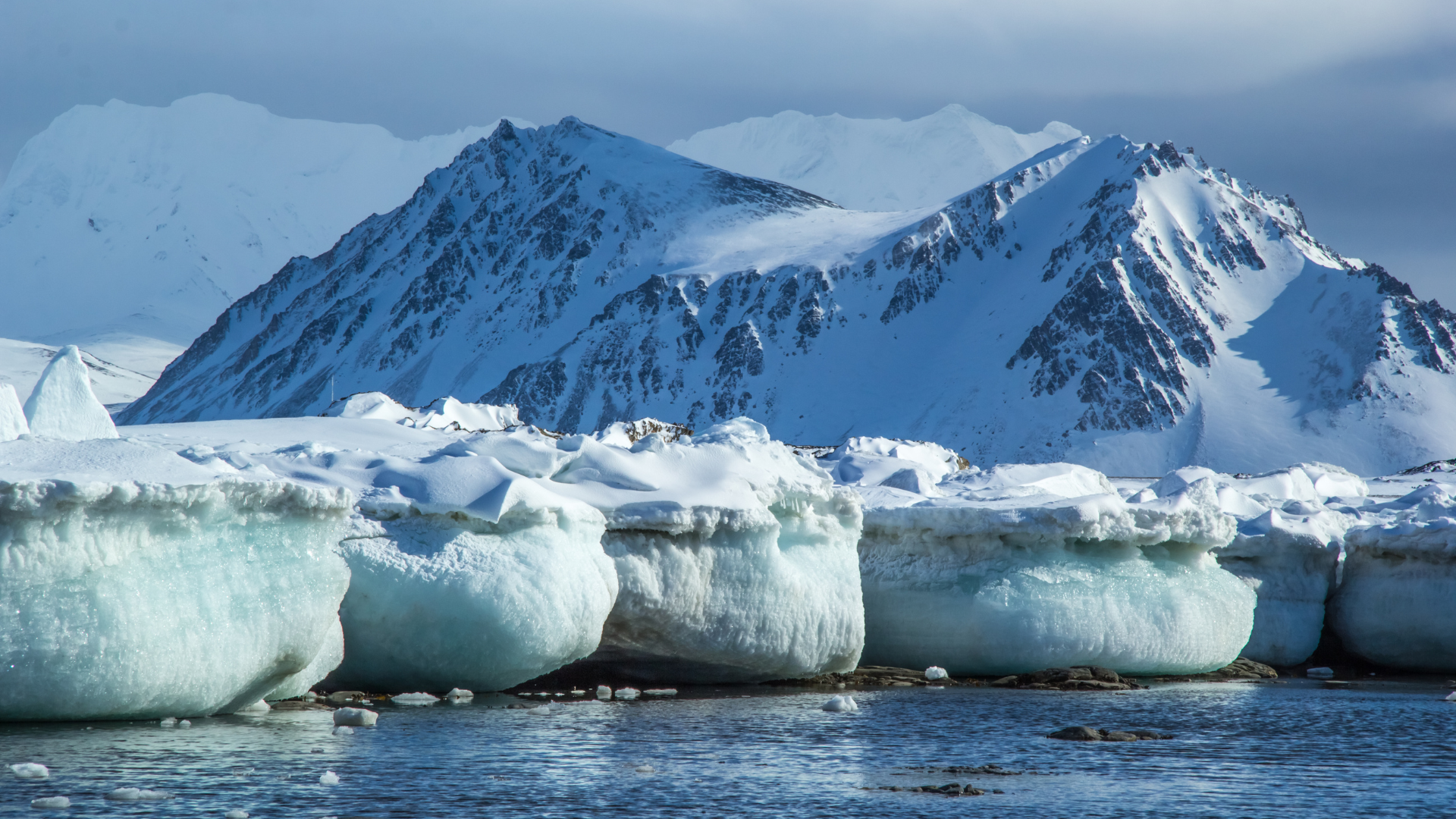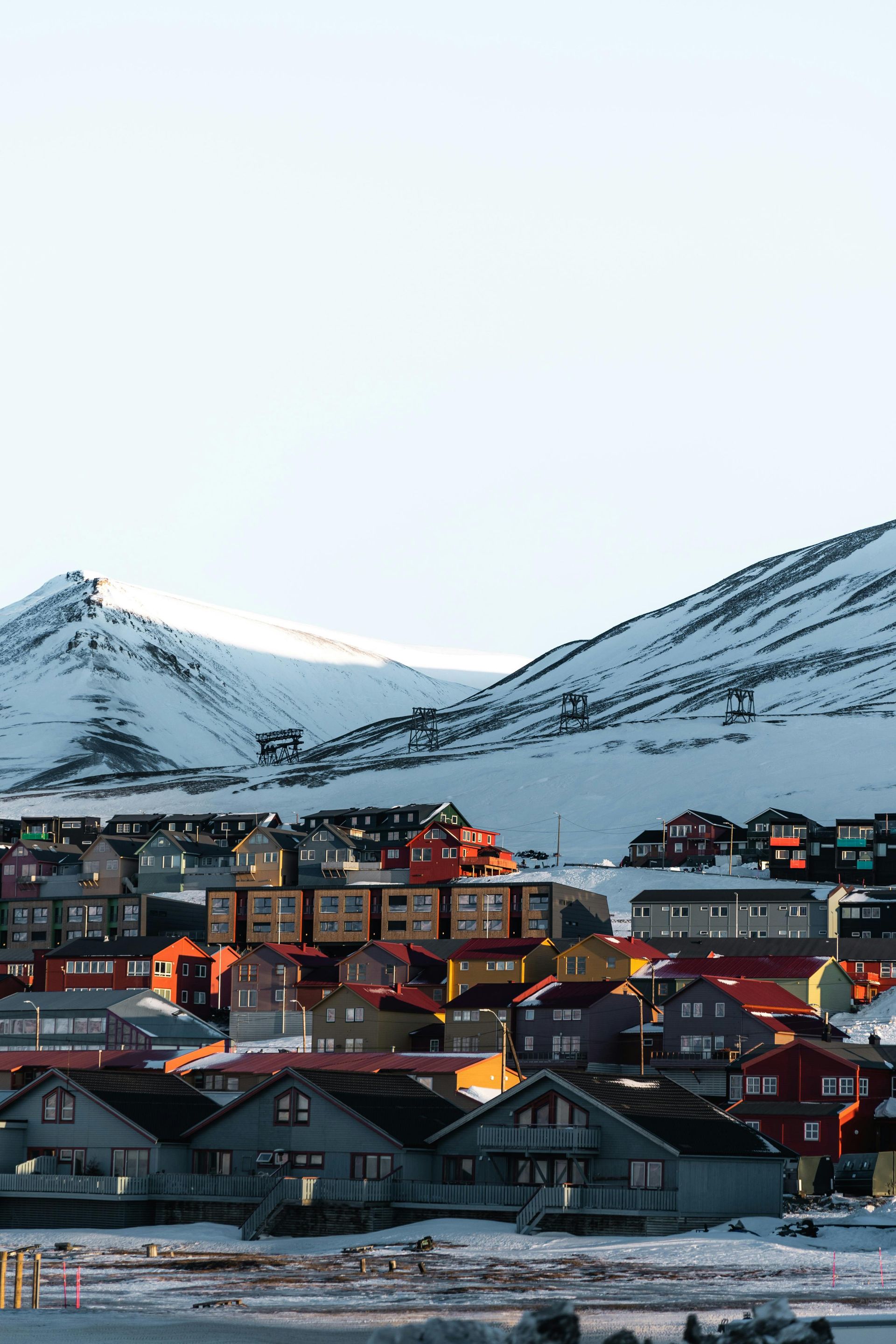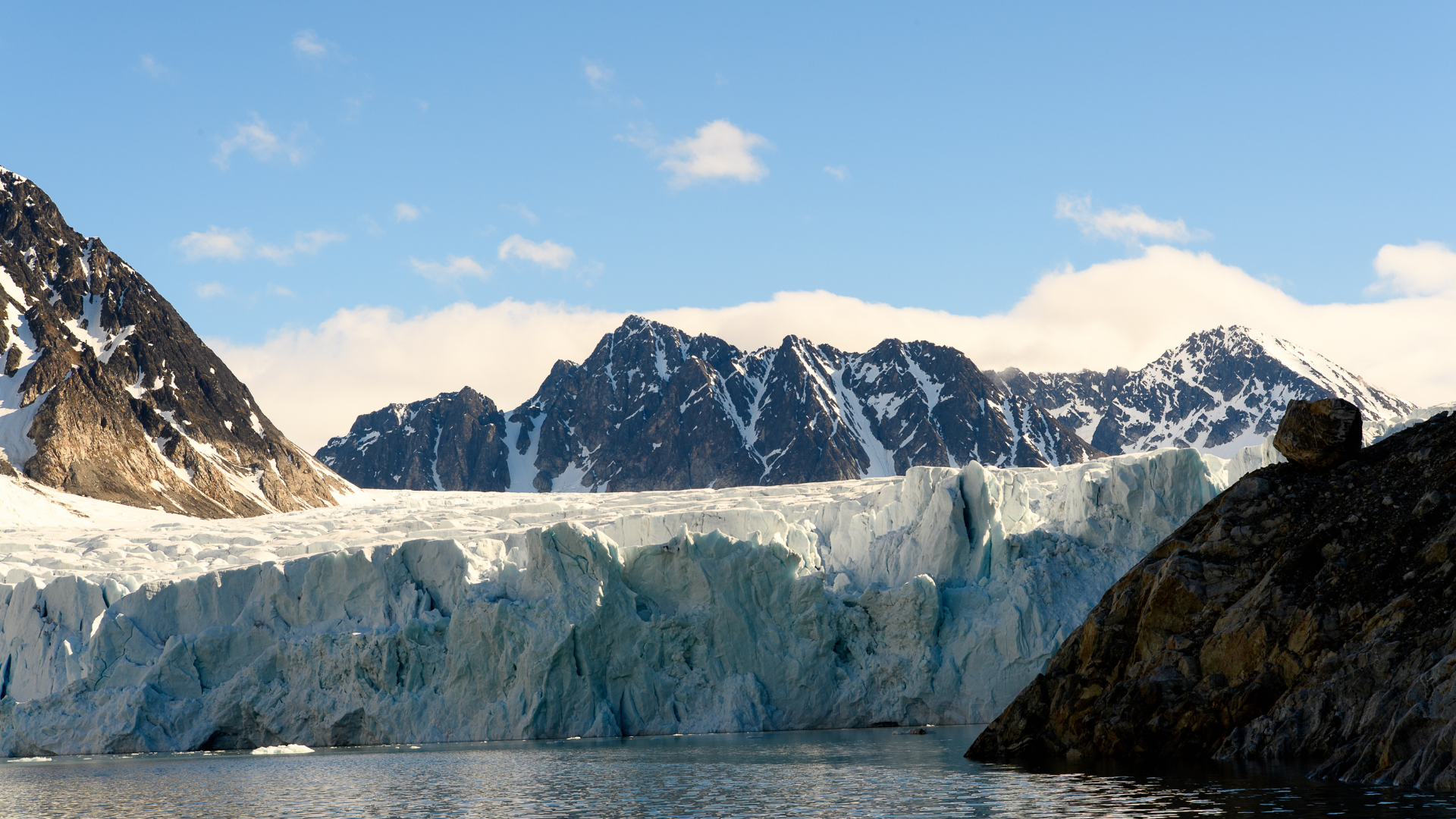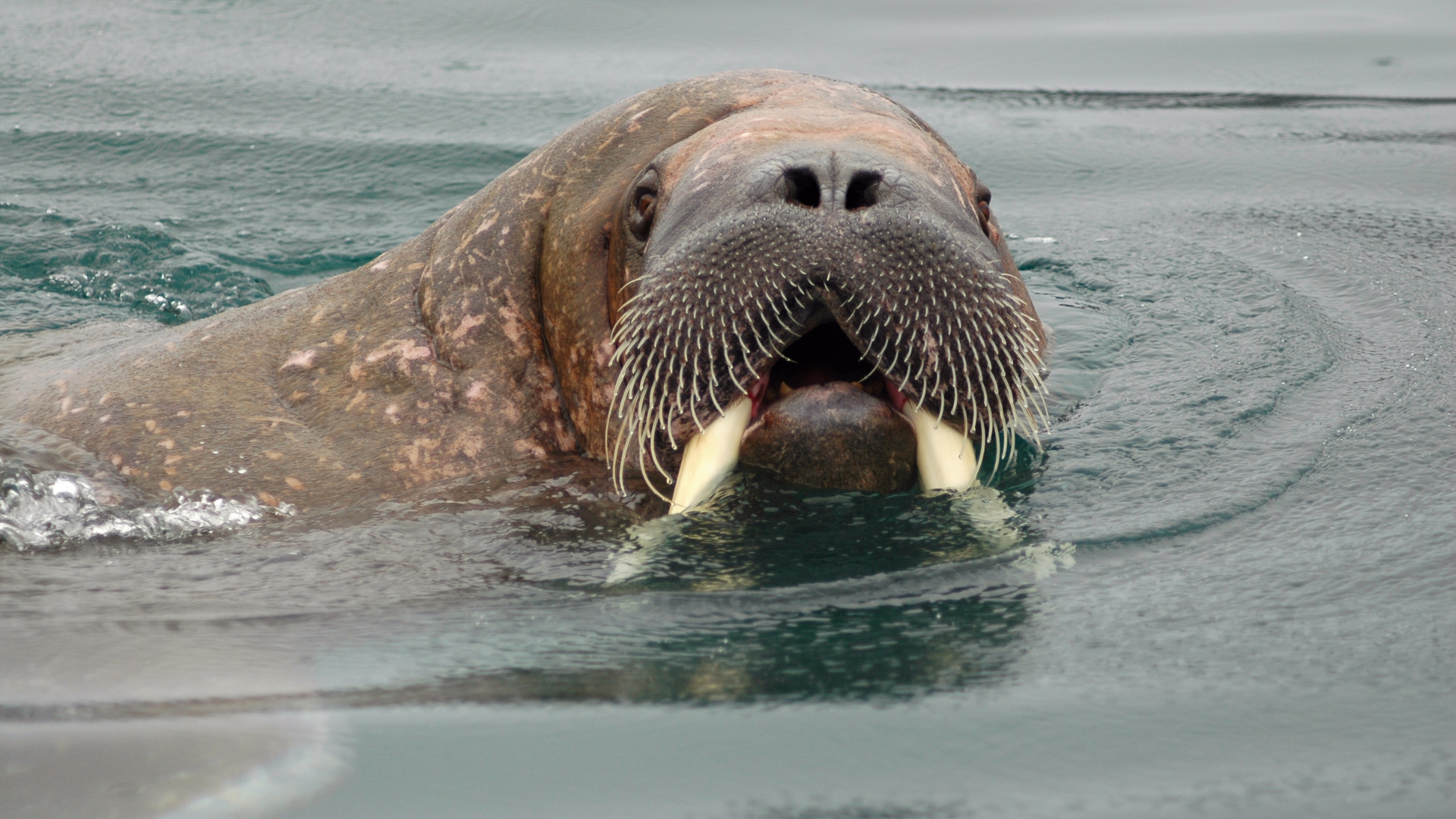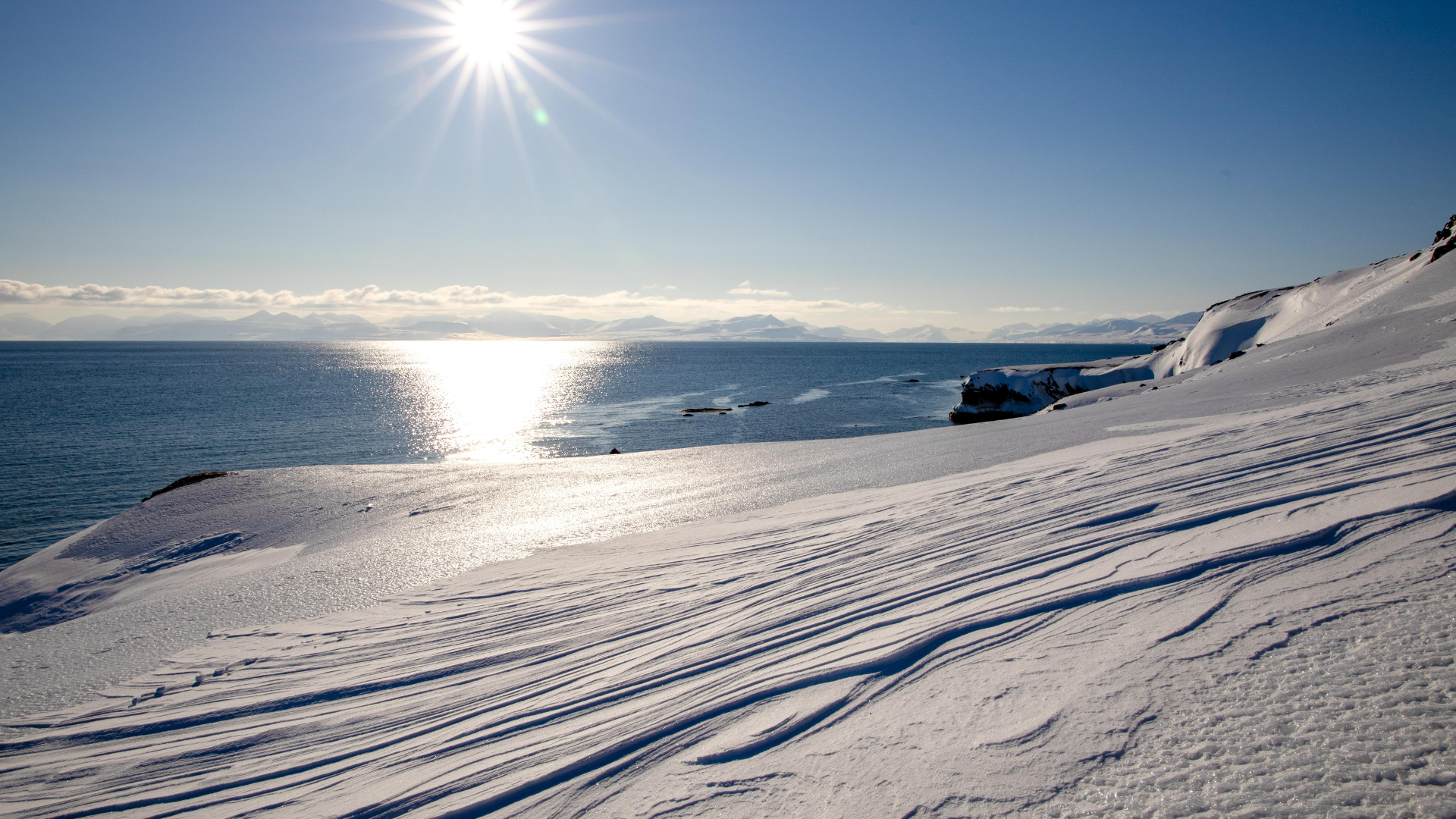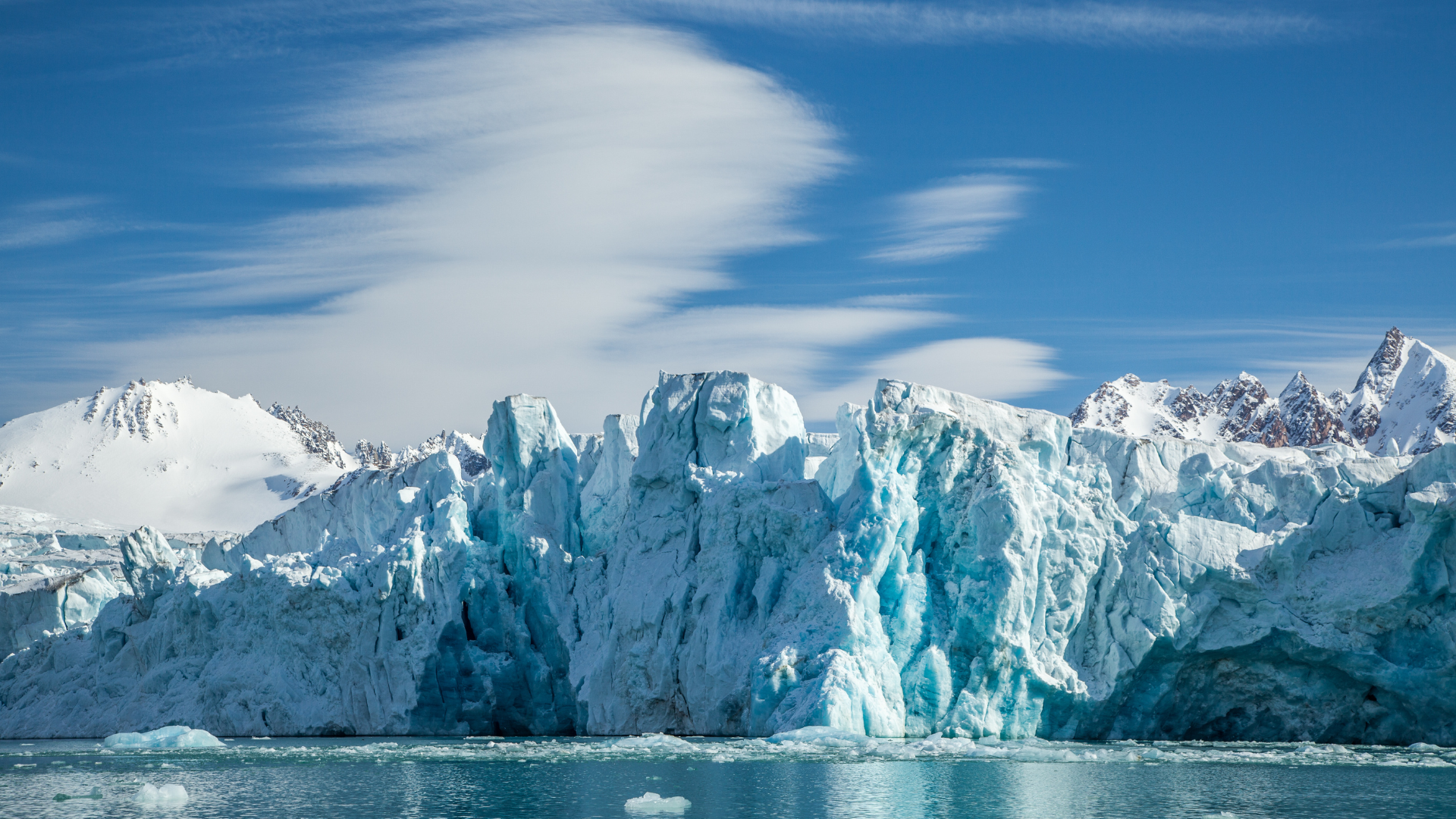Northern Lights Photography Tips: Capturing the Arctic Magic in Svalbard
Northern Lights Photography Tips: Capturing the Arctic Magic in Svalbard
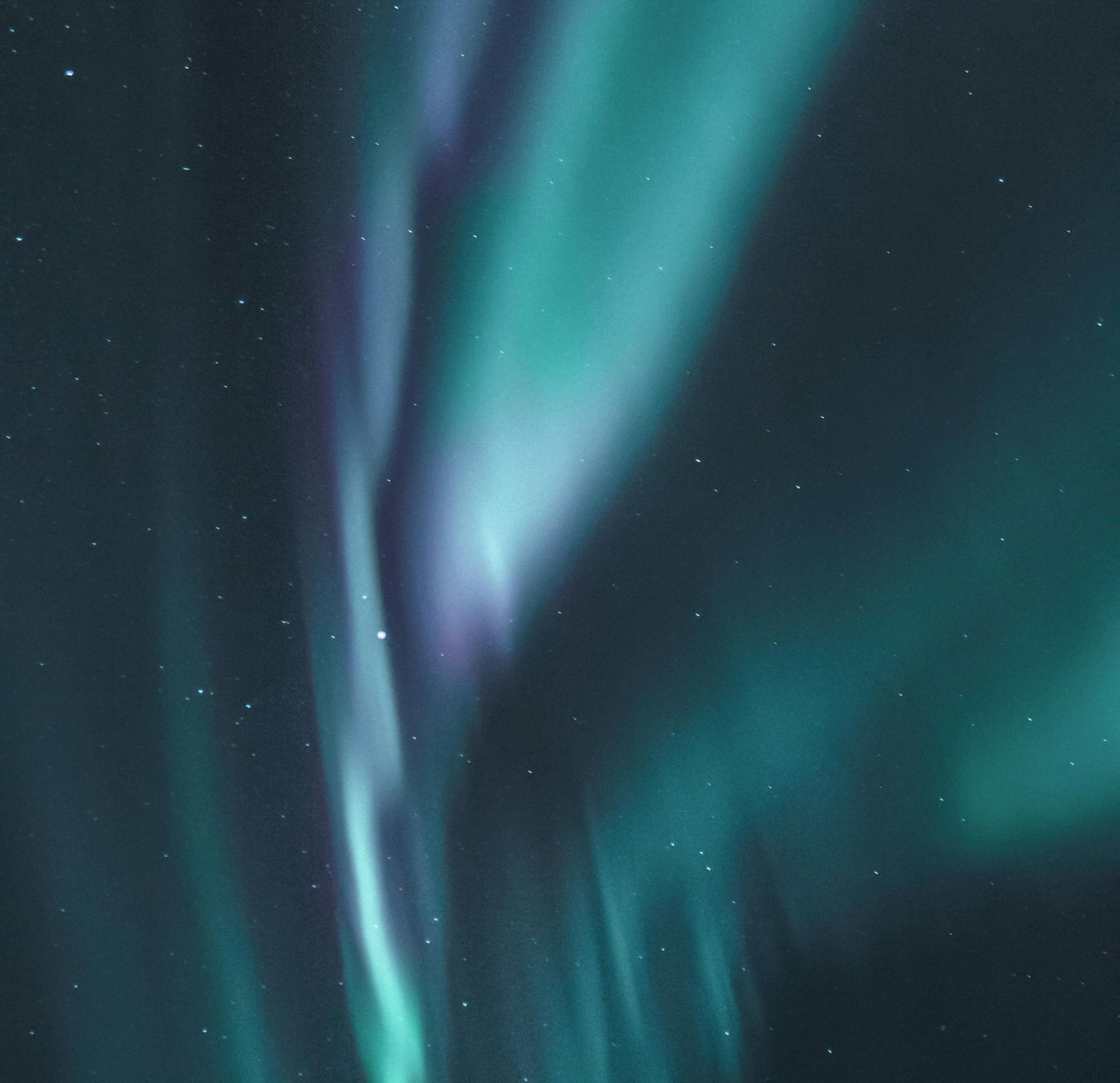
Photographing the Northern Lights is a challenge, but Svalbard, with its dark skies and unspoiled Arctic wilderness, provides an incredible setting for capturing the aurora borealis in all its glory. To make the most of your Northern Lights experience, here’s a guide to capturing the magical phenomenon on camera.
Best Time for Photography
The Northern Lights can be seen in Svalbard from late September to early April, with the peak season being between November and February. During this period, the long nights provide ample opportunity for sightings. To maximize your chances of capturing the aurora, it’s best to venture away from the artificial lights of Longyearbyen. Many local tours will take you to remote locations with ideal conditions for photography.
Camera Gear Recommendations
To photograph the Northern Lights effectively, you’ll need a DSLR or mirrorless camera that allows you to manually adjust settings such as shutter speed and aperture. A wide-angle lens (preferably between 14-24mm) is ideal for capturing the sweeping expanse of the aurora. A sturdy tripod is a must to avoid camera shake during long exposure shots. Be sure to use a remote shutter or the camera's timer to eliminate any movement during the shot.
Camera Settings
For the best results, set your camera to manual mode and adjust the settings as follows:
- Aperture: Set the aperture to its widest setting (f/2.8 or lower) to allow as much light in as possible.
- Shutter Speed: Start with a shutter speed of around 15-30 seconds, depending on the brightness of the aurora. If the aurora is faint, you may need a longer exposure.
- ISO: Keep your ISO between 800-1600 to maintain a good balance between brightness and noise. If you increase ISO too much, you risk grainy photos.
- Focus: Focus your lens manually to infinity to ensure that the lights are sharp in your shot.
Tips for Better Shots
- Dress Warmly:
Svalbard's cold temperatures can be harsh, so ensure you are well-prepared with thermal layers and gloves.
- Be Patient: The Northern Lights can be elusive, and their intensity varies. Be prepared to spend a few hours outside waiting for the perfect shot.
- Take Multiple Shots: The aurora can change quickly, so take plenty of photos at various exposures to increase your chances of getting the perfect image.
